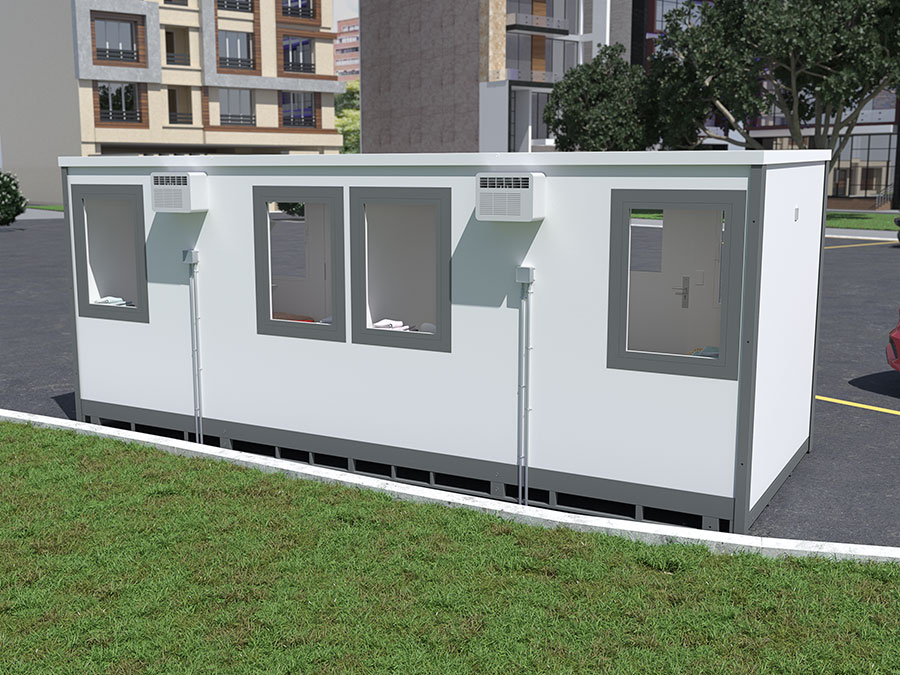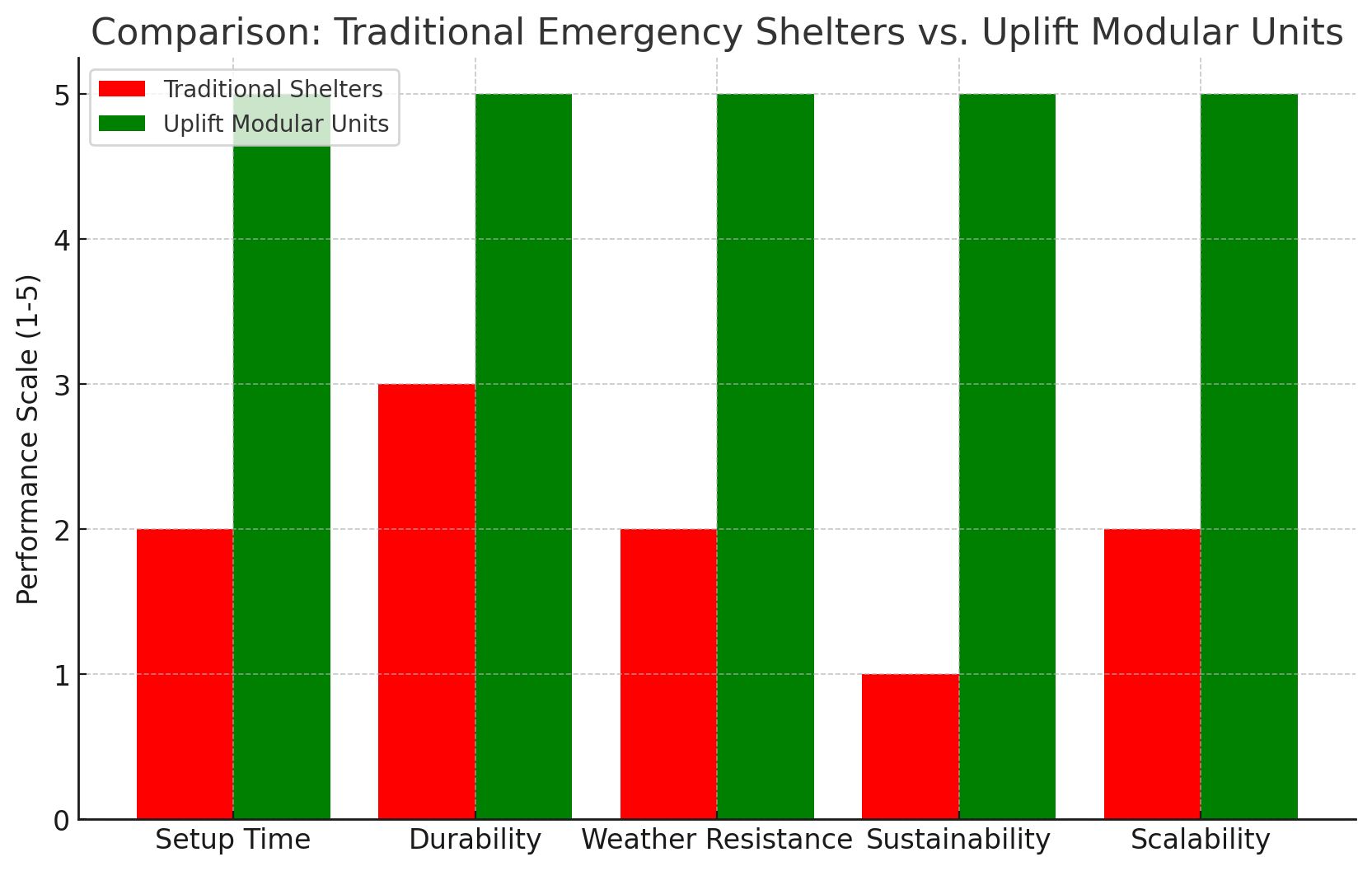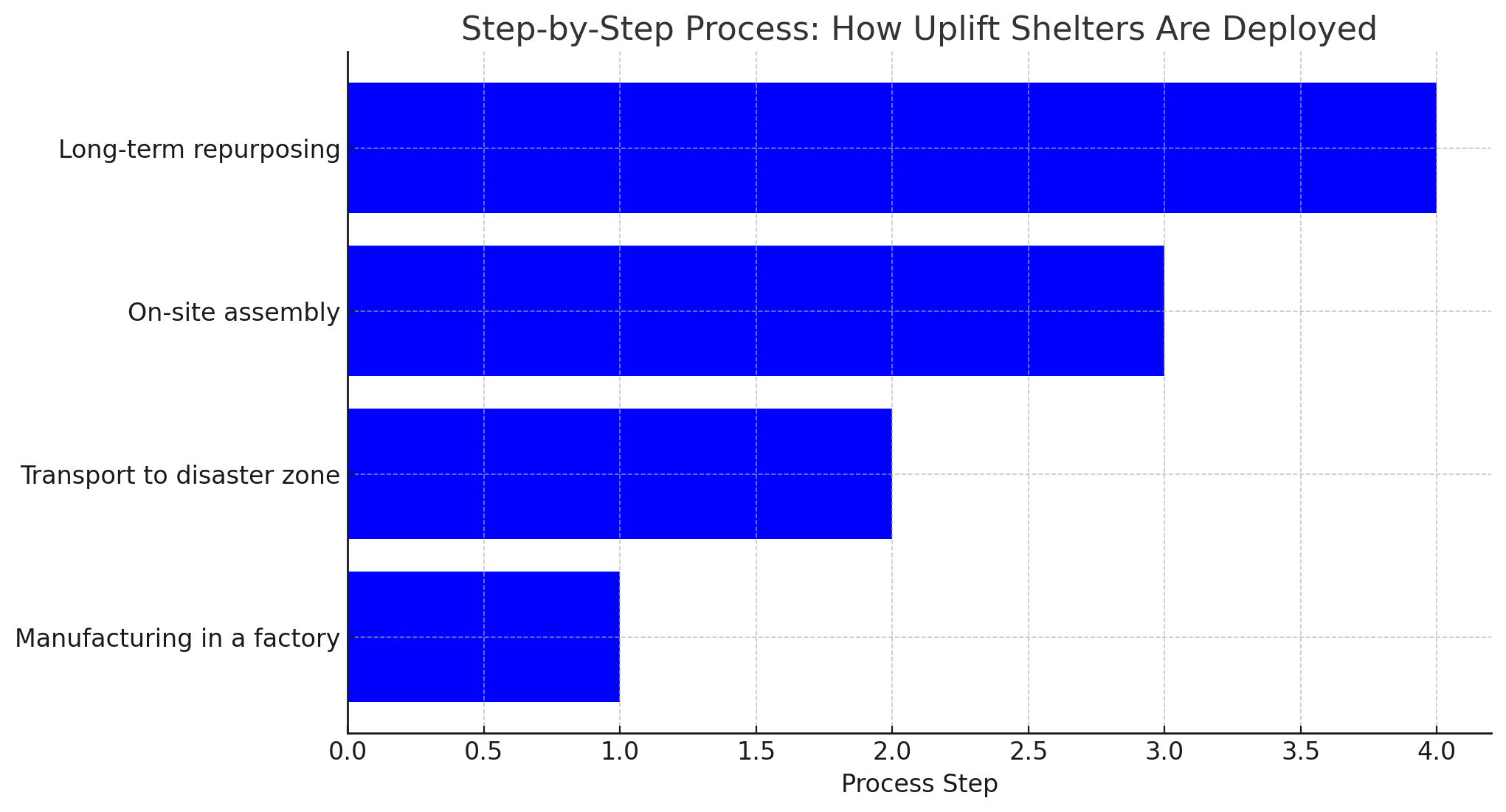Rapid Response: How Uplift Modular Units Are Revolutionizing Disaster Relief Housing
Rapid Response: How Uplift Modular Units Are Revolutionizing Disaster Relief Housing
With the ability to be set up within days and repurposed as needed, Uplift's modular shelters offer a scalable and sustainable solution to disaster response.
Thanks for stopping by!
While you are here, check out all of our great products
- UPLIFT™ Shelters – Award winning innovative instant shelter solutions and portable home technologies – Instant-Homes-Universal-Storage-Containers-160-3
- Introduction
- The Need for Rapid and Reliable Emergency Housing
- How Uplift Modular Shelters Work in Disaster Relief
- Case Studies: Uplift Modular Shelters in Action
- The Future of Disaster Relief Housing

UPLIFT™ Shelters – Award winning innovative instant shelter solutions and portable home technologies – Instant-Homes-Universal-Storage-Containers-160-3
UPLIFT™ Shelters - Award winning innovative instant shelter solutions and portable home technologies
Introduction
Natural disasters strike with little warning, leaving countless individuals without shelter. Whether it’s hurricanes, wildfires, earthquakes, or floods, the immediate priority is providing safe and secure housing for those affected. Traditional relief shelters often fall short in terms of durability, efficiency, and long-term viability.
This is where Uplift modular units come into play. Designed for rapid deployment, adaptability, and long-term use, these units are transforming emergency relief housing. With the ability to be set up within days and repurposed as needed, Uplift’s modular shelters offer a scalable and sustainable solution to disaster response.
The Need for Rapid and Reliable Emergency Housing
Challenges of Traditional Disaster Relief Housing
Traditional emergency shelters, such as tents or makeshift structures, present several challenges:
-
Lack of Durability: Many traditional shelters are not built to withstand extreme weather conditions, leaving displaced people vulnerable.
-
Limited Lifespan: Tents and temporary housing solutions often degrade quickly, requiring replacement within months.
-
Poor Living Conditions: Overcrowding, lack of insulation, and inadequate sanitation create uncomfortable and unsafe environments.
-
Logistical Challenges: Transporting materials and assembling traditional shelters can take weeks or months, delaying relief efforts.
How Uplift Shelters’ Modular Units Address These Issues
Uplift’s modular units offer a rapid, durable, and adaptable alternative:
-
Quick Setup: A fully functional modular shelter can be assembled within days instead of weeks.
-
Weather-Resistant Materials: Built to endure harsh conditions, including storms, extreme heat, and cold.
-
Scalability: Easily expandable or repurposed based on the needs of the community.
-
Eco-Friendly Construction: Uses sustainable materials and can incorporate solar panels and water collection systems for off-grid functionality.

How Uplift Modular Shelters Work in Disaster Relief
Rapid Deployment & On-Site Assembly
One of the biggest advantages of Uplift’s shelters is their speed of deployment. Unlike traditional building methods that require on-site labor and extensive materials, modular shelters arrive pre-built and can be assembled in as little as 24-48 hours.
The process includes:
-
Manufacturing Off-Site: Units are constructed in a controlled environment, ensuring quality and efficiency.
-
Transport to Disaster Sites: Prefabricated modules are shipped to affected areas via trucks, ships, or air transport.
-
Quick Assembly: Once on-site, modular units are assembled with minimal labor and equipment, making them a turnkey housing solution for emergency response teams.
Long-Term Viability: More Than Just Temporary Shelters
While traditional disaster relief shelters are often discarded after use, Uplift’s modular units are built for long-term housing. These shelters can be repurposed into permanent homes, medical centers, classrooms, or community hubs, ensuring that displaced communities can rebuild and recover more efficiently.
Common long-term uses include:
-
Affordable Housing: Once the immediate crisis has passed, modular units can be repurposed into permanent low-income housing solutions.
-
Medical Facilities: Can be converted into clinics to provide ongoing healthcare services.
-
Schools & Community Centers: Help restore education and social services in disaster-affected regions.
Case Studies: Uplift Modular Shelters in Action
Earthquake Relief in Southeast Asia
After a devastating earthquake displaced thousands of people, Uplift Shelters quickly deployed hundreds of modular homes to provide immediate relief. These shelters offered:
-
Insulated walls and sturdy roofing to withstand aftershocks.
-
Integrated sanitation facilities to promote hygiene and prevent disease outbreaks.
-
Adaptable layouts that could transition from emergency shelters to permanent housing solutions.
Hurricane Recovery in the Caribbean
Following a Category 5 hurricane, entire communities were left without homes. Within days, Uplift Shelters delivered modular housing units that provided:
-
Storm-resistant structures built to handle high winds and heavy rain.
-
Solar-powered energy systems for off-grid functionality.
-
Water purification units to ensure access to clean drinking water.
Refugee Housing in Conflict Zones
In areas affected by war and displacement, Uplift modular units have been used to establish safe, dignified living conditions for refugees. These shelters provide:
-
Private, secure housing for families.
-
Easily expandable structures to accommodate growing refugee populations.
-
Facilities for medical care and education, creating a sense of stability for displaced individuals.

The Future of Disaster Relief Housing
With climate change increasing the frequency and severity of natural disasters, the need for scalable, efficient, and sustainable housing solutions has never been greater. Uplift Shelters is continuously innovating to ensure that its modular units remain at the forefront of disaster relief efforts.
Upcoming innovations in modular relief housing include:
-
AI-Powered Deployment: Using AI to predict disaster impact zones and pre-position shelters for immediate response.
-
Self-Sustaining Shelters: Off-grid models with built-in solar, water purification, and food-growing capabilities.
-
3D-Printed Modular Units: The next evolution of rapid, cost-effective emergency housing solutions.
-
Disaster relief housing should be more than just a quick fix—it should be a pathway to recovery and stability. With rapid deployment, durable construction, and long-term adaptability, Uplift Shelters is revolutionizing how emergency housing is provided worldwide.
By investing in modular solutions, governments, humanitarian organizations, and communities can ensure that those affected by disasters receive not just temporary relief, but a foundation for rebuilding their lives.
Interested in Learning More?
Visit www.upliftshelters.com to explore how Uplift’s modular units are shaping the future of disaster relief housing.
